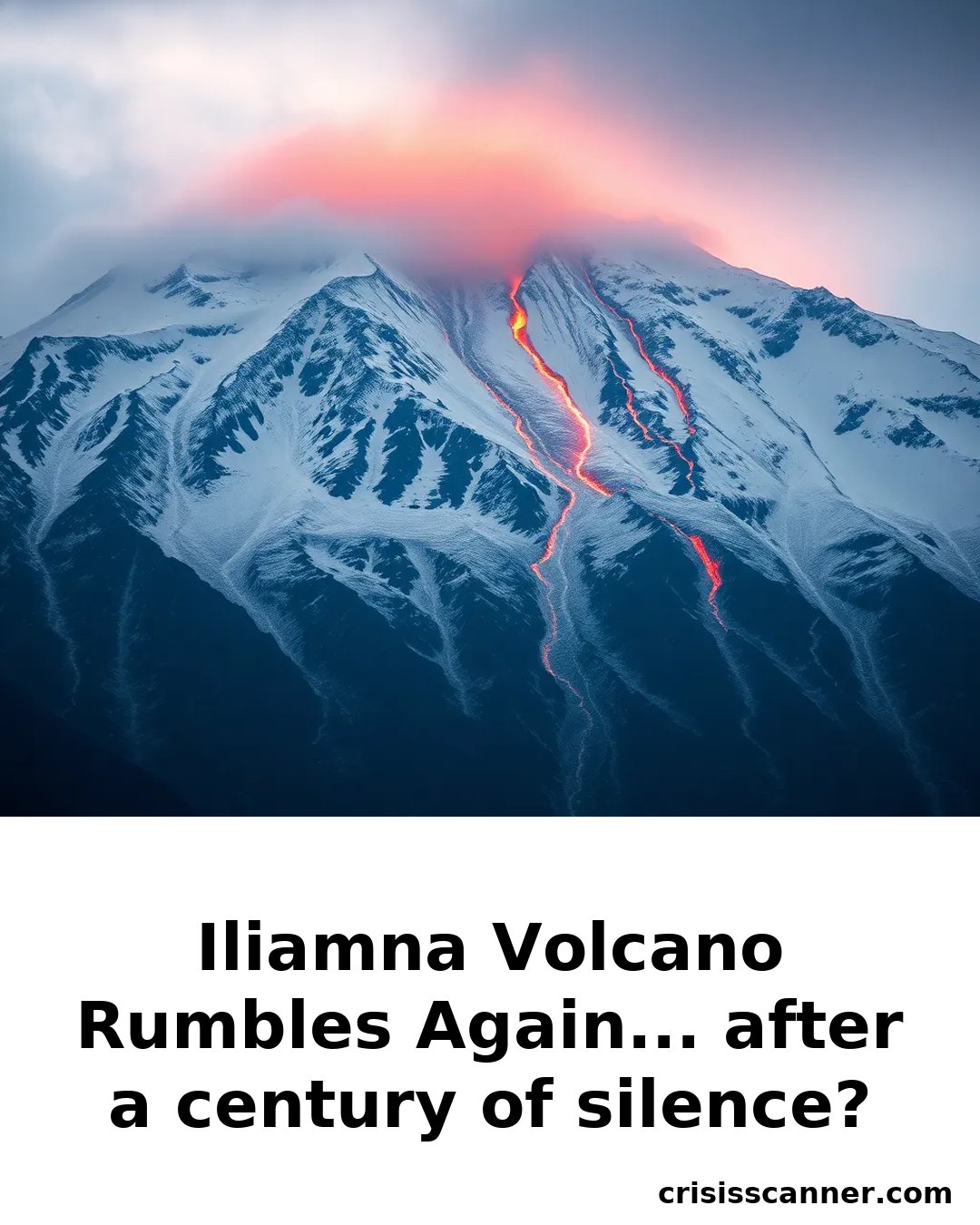The recent seismic activity at Iliamna Volcano, dormant since 1867, signals a complex interplay of geological and environmental factors that could have broader geopolitical implications. While current threat levels remain low, the volcano's reawakening could serve as a reminder of America's vulnerable northern frontier—rich in natural resources but exposed to natural disasters.
As climate change accelerates, increased glacial melt and geological instability might heighten the risk of eruptions or landslides, demanding heightened vigilance from authorities. Politically, this underscores the importance of maintaining robust monitoring infrastructure and emergency preparedness in Alaska, a critical region for national security and energy interests.
The event also fuels debates over climate policy and resource management, with potential implications for Arctic sovereignty and economic development. Conservative policymakers may view this as a need to prioritize resilience in America's frontier regions, ensuring that natural threats are managed proactively to prevent future crises. Ultimately, Iliamna's rumble is a stark reminder that even dormant giants can awaken, posing unpredictable challenges to U.S. leadership and security. Read the full story at the source.






























